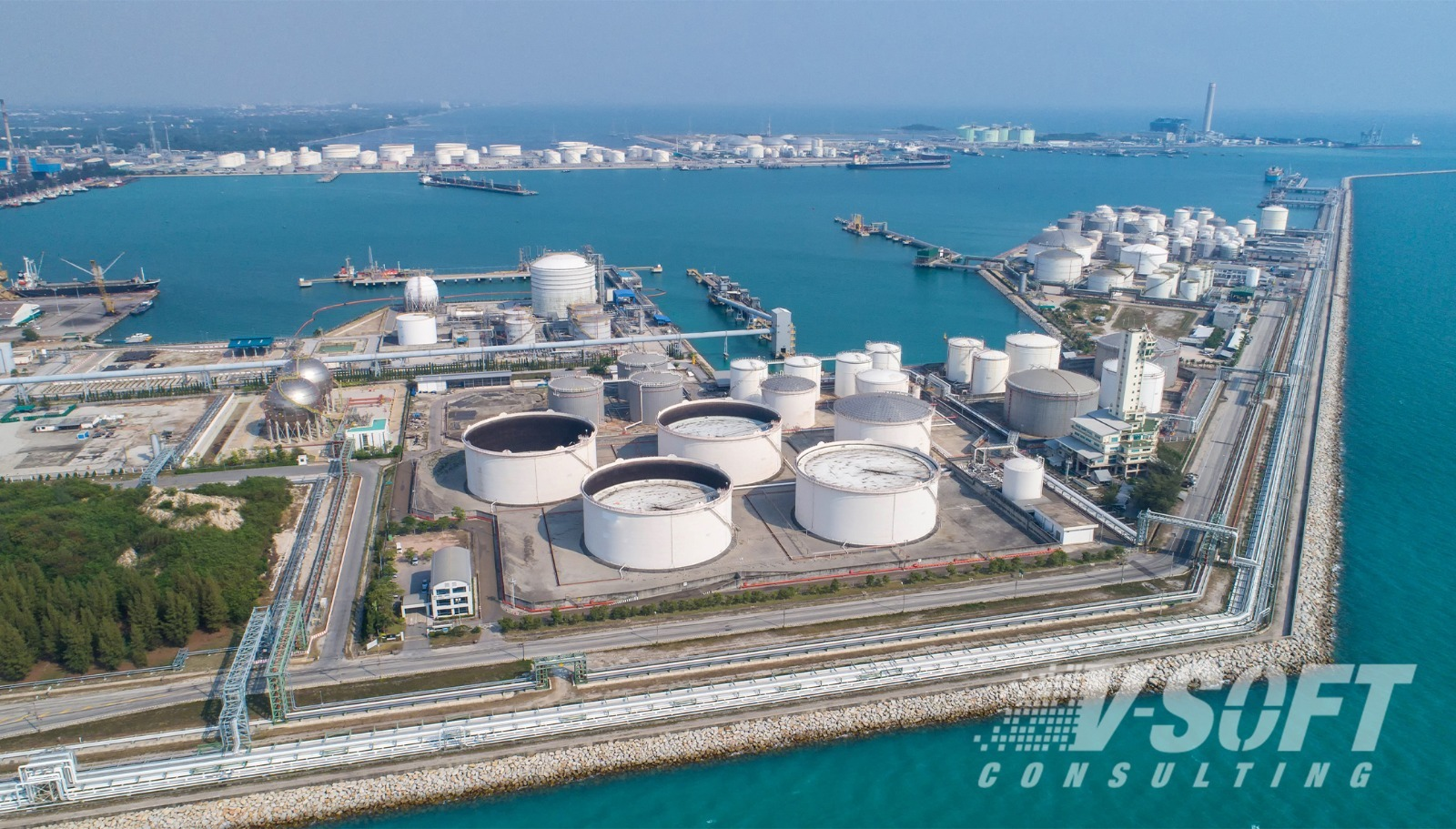Machine Learning (ML), an application of Artificial Intelligence (AI), has proved beneficial in many industries by providing systems the ability to automatically learn and improve from experience without being explicitly programmed. This technology accesses data to learn for itself, and it's been increasingly utilized in the oil & gas industry.
In a recent Machine Learning event focused on oil & gas, Managing Director of V-Soft Digital, Manoj Iragavarapu, joined a panel of experts to dive deep into all things data, analytics and ML. The virtual audience learned how this advanced tech is improving the way work gets done. Catch the complete video above or a recap of the topics posed to the panel below.
How can Machine Learning Models Help Operators Gain ROI from their Data?
The panel began with this first big question. The panelists broke it down into 3 main points on gaining ROI in the field.
- ML can predict when conditions occur, which can help prevent certain situations. The example of emissions flare monitoring was used, which releases gas into the atmosphere. Predicting these scenarios can control the volume of gas being wasted, improving ROI.
- ML is a building block to help determine what matters and what doesn't when it comes to your data. With large amounts of data, specifically in field operations, ML can help refine and determine next steps or solutions. This opens the door for automation, a huge ROI generator.
- ML comes in handy with the need for real-time results and action. Whether accessing remotely or in the field, computing data needs to be quick so you can make quick decisions. ML and cloud computing can send relevant inputs once data is analyzed and processed, increasing overall ROI.
The Importance of Cross-Silo, Enterprise-Wide Data Strategies
In the oil & gas space, where multiple gas plants or remote oil rigs are needed for operations, there simply may not be connectivity to a central environment to send data, particularly video and audio data. This is where ML can come into play. Operators need to process data where it's being produced in real time in order to make decisions. The key is an enterprise-wide data strategy that combines real-time data with existing spec data from a central database, often referred to as sensor fusion.
Consider an oil well. How you drill it affects how you complete it. How you complete it affects how you put out the equipment. How you put out the equipment affects your production. Production affects how you generate margin. All of these pieces are not separate items. Without reduced silos or removing your silos, you can build Machine Learning solutions for production, for your artificial lift, for completions and for drillings. It's the combination of all those items to make an oil well successful.

Predictive Analytics: Improving Future Operations and Preventing Repeat Failures
All oil & gas organizations capture some historical failure information in their existing databases. That information is important to combine with real time data. For example, in order to predict whether a compressor is going to fail, you will need to look at live data, and historic data to know what conditions will cause a failure.
Another example is through flare stack detection. With historical video data and models, along with sensors that bring in real time data, you can help predict conditions for future flare stacks.
Barriers to Live Data Analytics Using Machine Learning
Here is a list of barriers the panelists found:
- Many have the idea that digital transformation and Machine Learning are IT projects. They're not - they're business projects and should be treated as such.
- Machine Learning is not always well understood. Make sure there is an understanding across the organization. Get the tools in people's hands that aren't just data scientists. This will create awareness and comfortability.
- It's not always clear how you interpret what a machine is telling you. Be sure to analyze and understand what it's saying to get the best out of your ML tool(s).















